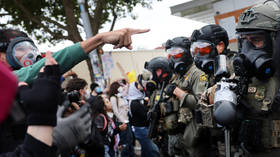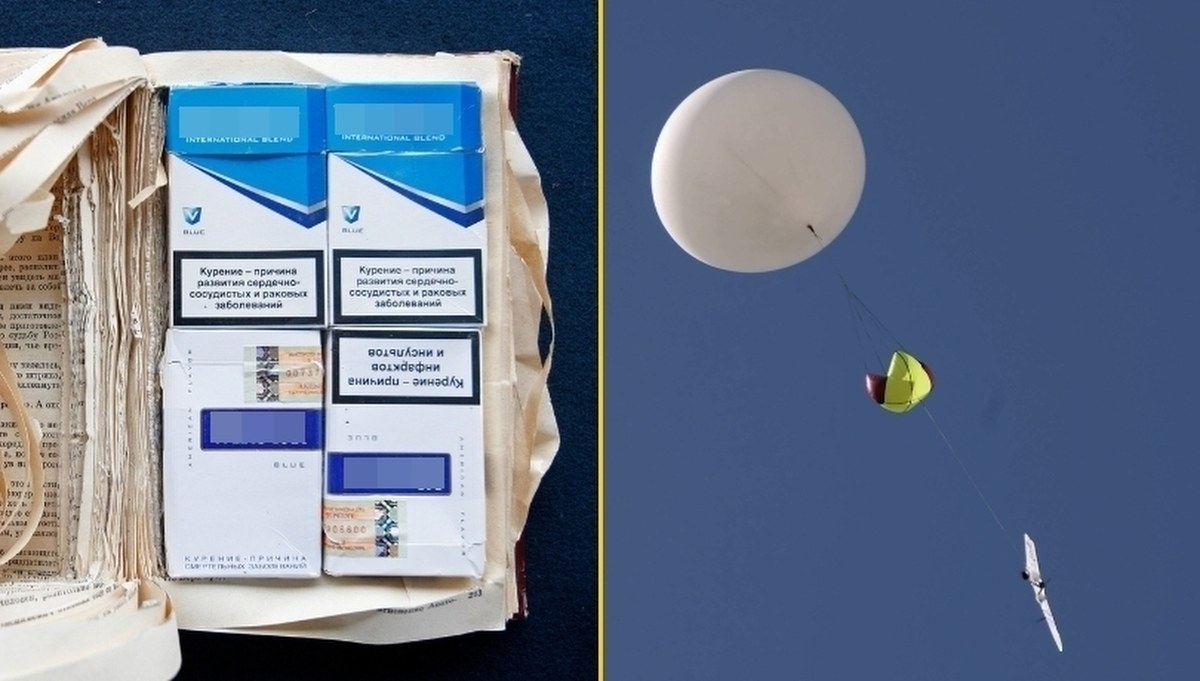
Airlines dim cabin lights during takeoff and landing as a key safety measure, not for comfort or energy savings. This practice helps passengers’ eyes adjust to darkness, aiding quick evacuations in emergencies.
Takeoff and landing phases see the highest accident risks, with over 20% of fatal incidents during takeoff and more than 45% near landing. Dimming prepares eyes for low visibility, as seen on carriers like Qatar Airways (QR) and Aeroflot (SU).
 Photo: Riyadh Air
Photo: Riyadh AirAirlines Dim Cabin Lights During Takeoff and Landing
Airlines follow a standard procedure where cabin lights stay bright during boarding, often with natural sunlight if daytime. Once the doors close and the plane taxis, flight attendants dim the lights before takeoff.
This allows eyes to adapt to darker conditions, crucial in emergencies. Studies indicate full dark adaptation takes up to 30 minutes, but initial adjustment occurs in five to ten minutes, improving visibility.
Dimming also enhances visibility of emergency features like exit signs and floor path lighting. In smoke or fire, adapted eyes spot these guides faster.
According to Simple Flying, this preparation proves vital when seconds matter in chaotic evacuations.
Patrick Smith, airline pilot and author of Cockpit Confidential, explained in The Telegraph: “Dimming the lights allows your eyes to pre-adjust to darkness, so you’re not suddenly blinded if something happens and the power goes out. The emergency path-lighting and signs will also be more visible. And it makes it easier to see outside, which helps you to maintain orientation.”
 Photo: Emirates
Photo: EmiratesImportance of Cabin Dimming in Aviation
Science and industry experience support cabin dimming. Past accidents showed that disorientation from light sensitivity hinders evacuations in dark or smoky conditions.
Regulators mandate readiness for rapid exits, including light dimming. Pilots understand eye adaptation, taking steps for light transitions.
Day flights need less dimming since natural light reduces darkness risks. Night flights rely on it heavily for safe evacuations.
Cabin crew target 90 second full evacuations, though real times often exceed this. Statistics confirm that takeoff and initial climb account for over 20% of fatal accidents, while landing phases see more than 45%.
Passengers often think dimming creates relaxation during risky phases, but safety drives it primarily. Saving electricity offers minor benefits, yet it is not the main goal. Reducing cockpit glare for better external visibility serves as a secondary reason.
Bright cabins can cause window glare, hindering pilots’ views of runway lights. Still, passenger safety remains the core motive.
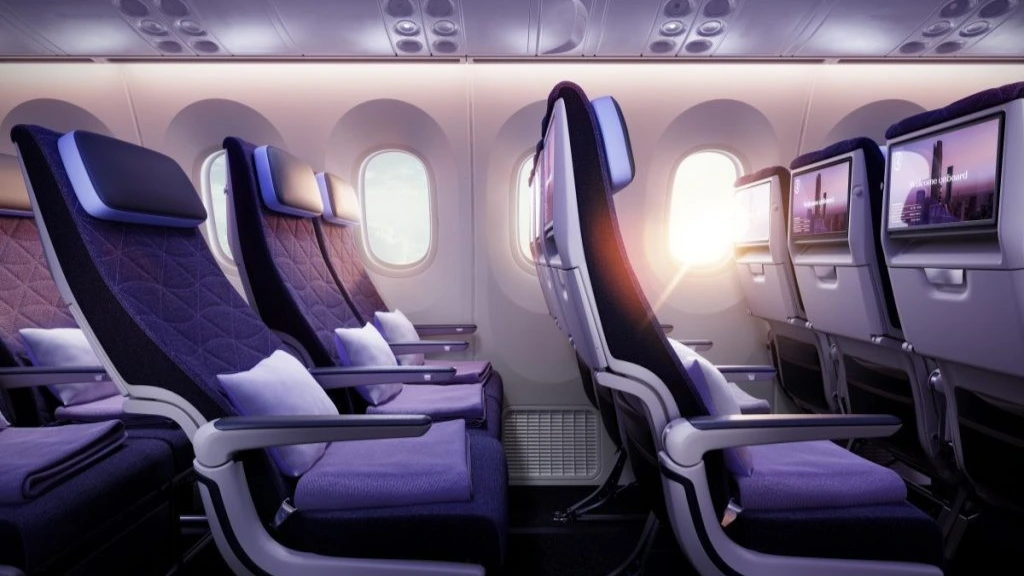 Photo: Riyadh Air
Photo: Riyadh AirWindow Shade Rules During Critical Phases
Flight attendants request open window shades on daytime flights for safety. Open shades maintain cabin light if power fails and allow exterior checks.
In emergencies like fires or bird strikes, crew visually assess issues faster with shades up.
Night flights make shade position optional due to low external visibility. Dimmed lights reduce window glare, enabling clearer outside views for the crew.
Airlines dim lights on long-haul overnight flights to promote sleep and comfort. Modern jets like the Airbus A350 and Boeing 787 use mood lighting systems. These adjust colors to mimic sunsets and sunrises, reducing jet lag.
External aircraft lights turn off mid-flight to conserve energy and extend bulb life.
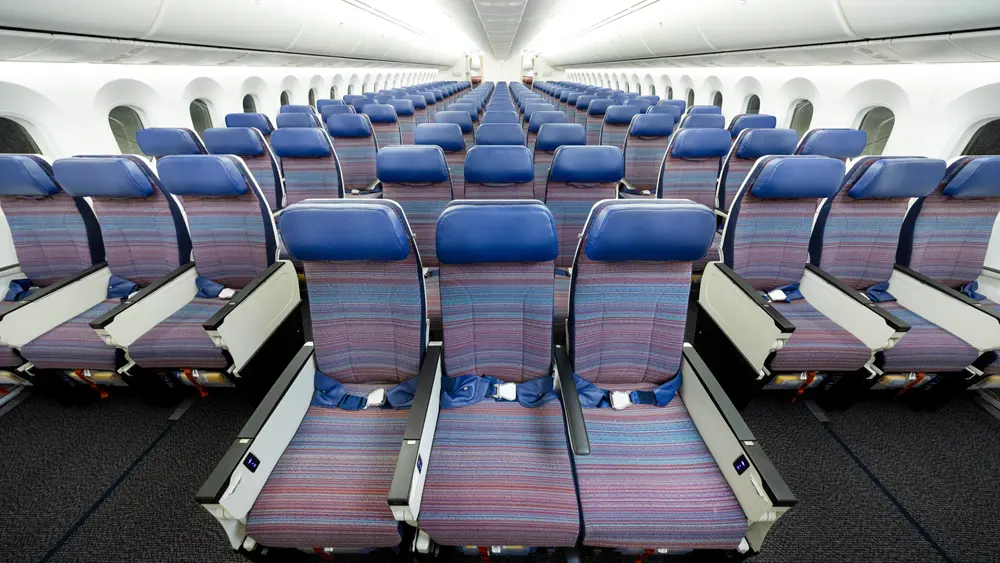 Photo: Korean Air
Photo: Korean AirModern Cabin Lighting Systems
While safety is the primary reason for dimming, airlines also adjust lighting for passenger comfort during long-haul flights. Aircraft such as the Boeing 787 Dreamliner and Airbus A350 feature advanced LED mood lighting systems.
These systems simulate natural sunrise and sunset cycles, shifting between warm and cool tones to help regulate passengers’ circadian rhythms. This reduces fatigue, minimizes jet lag, and creates a calmer cabin environment.
External lights, however, are usually switched off at cruising altitude to conserve energy and extend the lifespan of bulbs.
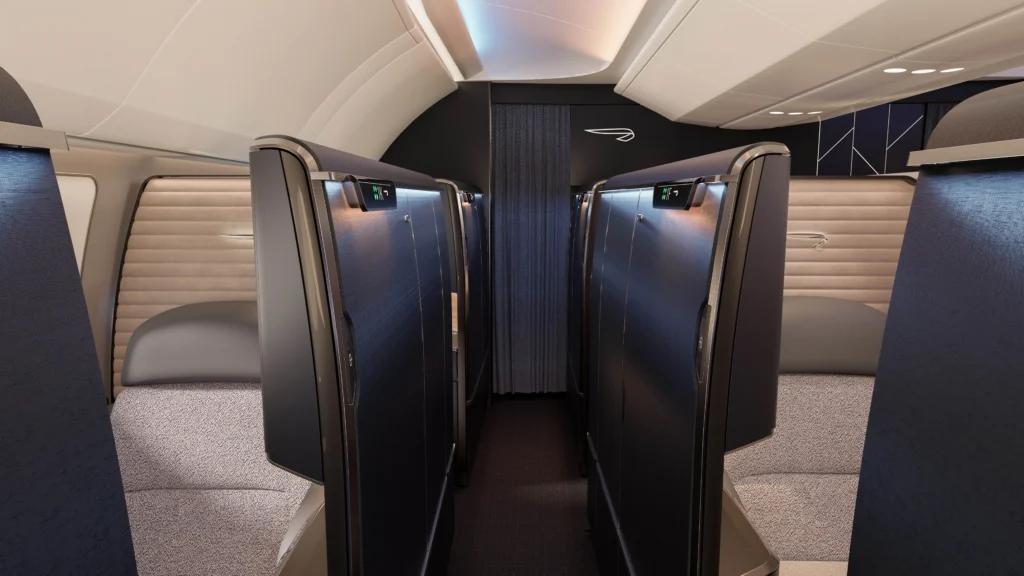 Photo: British Airways
Photo: British AirwaysAircraft Evacuation Standards
Certification requires planes to enable 90 second evacuations with half exits unusable. Designs include ample exits, path lighting, and slides. Crew training ensures readiness, as shown in Air Busan (BX) Flight 391’s safe evacuation after a fire.
Poor evacuations lead to tragedies, like Aeroflot (SU) Flight 1492 at Moscow’s Sheremetyevo Airport (SVO), where luggage retrieval delayed exits, causing fatalities.
History shows both successes and failures in real events:
- Air Busan Flight 391 (January 2023): Caught fire while taxiing but was swiftly evacuated without fatalities.
- Aeroflot Flight 1492 (May 2019): Caught fire after a hard landing in Moscow. Delays during evacuation, partly caused by passengers retrieving luggage, led to over 40 deaths.
These cases demonstrate why strict safety measures, including dimming lights, remain essential for saving lives.
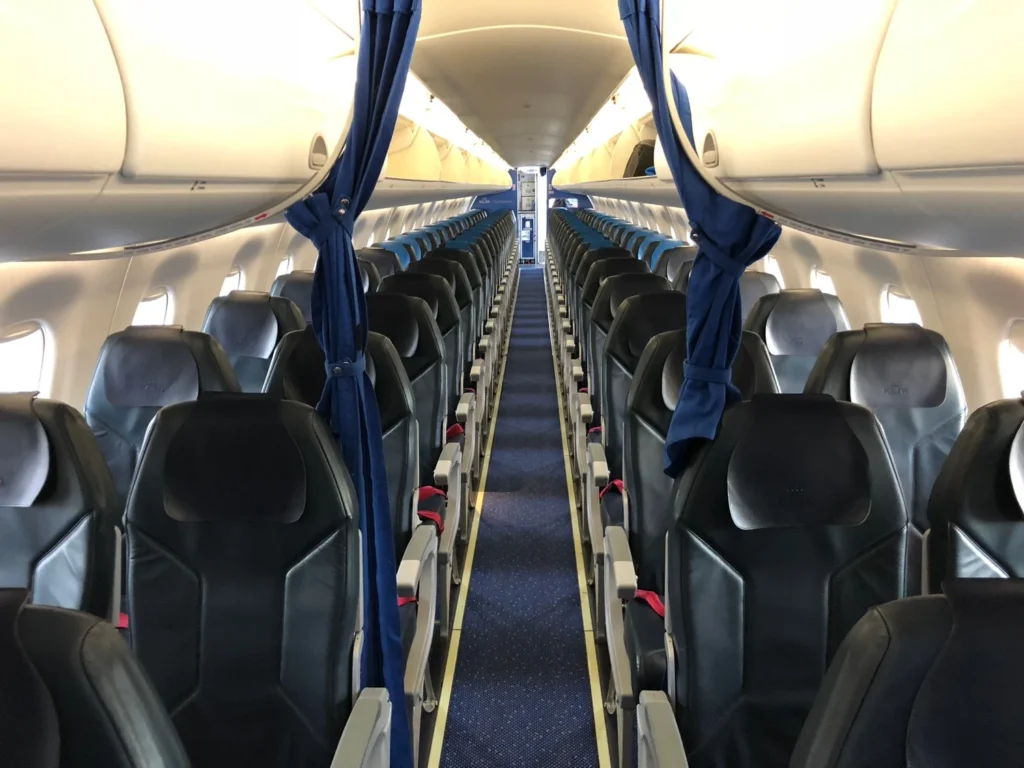 Photo: KLM ERJ-190 Business Class Flight Seat / Creative Comms Images
Photo: KLM ERJ-190 Business Class Flight Seat / Creative Comms ImagesConclusion
Dimming cabin lights during takeoff and landing is more than routine. It is a regulation backed practice designed to improve passenger survival chances during emergencies.
While mood lighting systems now enhance comfort on modern aircraft, the original purpose of dimming remains focused on safety, helping passengers and crew evacuate faster and more effectively when every second matters.
Stay tuned with us. Further, follow us on social media for the latest updates.
Join us on Telegram Group for the Latest Aviation Updates. Subsequently, follow us on Google News
British Airways 787 Faces Window Dimming Failure on 14-Hour Flight
The post Here’s Why Airlines Dim Cabin Lights During Takeoff and Landing appeared first on Aviation A2Z.


